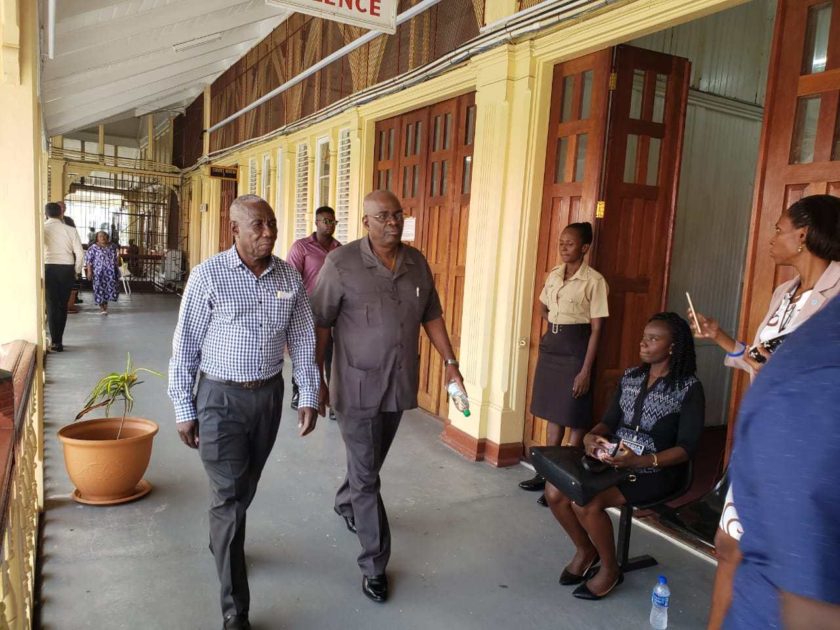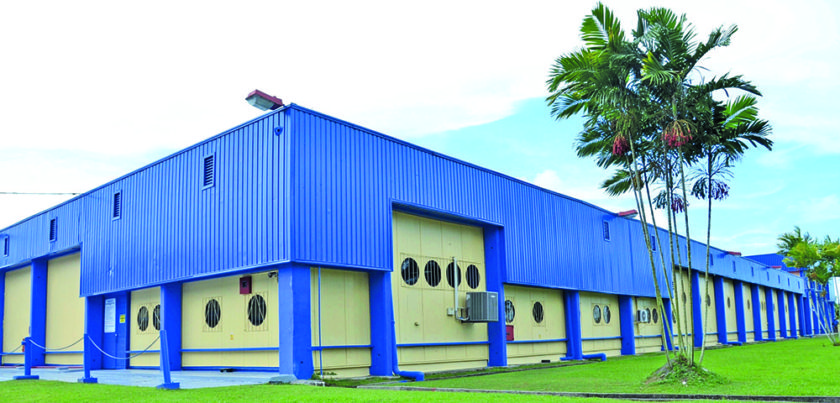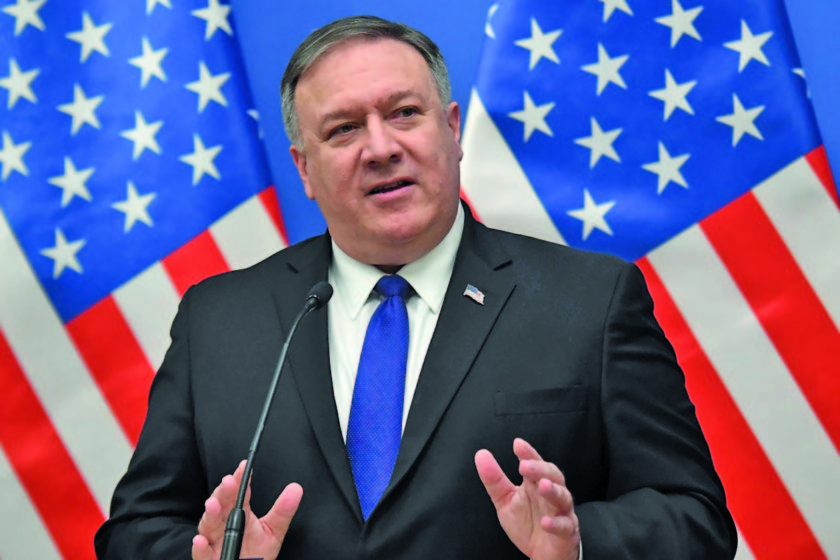
Mayor Bill de Blasio has announced that New York City’s new speed camera law is now in effect. To mark the first day of the expanded program, New York City Department of Transportation (DOT) officials were joined by advocates and elected officials at a new speed camera near P.S. 28 along East Tremont Avenue in the Mt. Hope section of the Bronx, the Mayor’s Office said in a press release.
East Tremont Avenue is a Vision Zero Priority Corridor, which ranks in the top 10% of Bronx corridors for number of people killed or severely injured (KSI). Despite the location’s crash history and proximity to a school, it had not previously qualified for a speed camera.
“This is a major step toward our goal of achieving Vision Zero,” said Mayor de Blasio. “Speed cameras are an invaluable tool that help us save the lives of countless children every year. We’re sending a message to all our motorists: drive at a safe speed or pay the price,” the Mayor warned.
“There is no better place to kick off the new speed camera law than outside a school on a busy street like East Tremont Avenue,” said DOT Bronx Borough Commissioner Nivardo Lopez. “East Tremont has seen far too many crashes, and at the same time, we know schools like PS 28 are busy throughout the summer — and so having a camera that protects kids here year-round will be invaluable. We once again thank the Mayor, the Governor and our legislators for getting us here today.”
NYPD Transportation Chief Thomas Chan said the speed cameras have proven to be an effective tool for reducing speeding and ensuring that drivers operate their vehicles at safe speeds, which in turn reduces the likelihood of collisions.
“The new speed camera on East Tremont Ave near PS 128 will therefore help increase the safety not only of students and teachers at the school, but of all road users as well. This expansion of the speed camera program is another step towards reaching our Vision Zero goals. I am grateful to the Mayor, Governor, our lawmakers in the City Council and in Albany, the Department of Transportation, and all our Vision Zero partners for bringing about this expansion”, Chan said.
In May, Mayor de Blasio had announced that over the next two years, DOT would rapidly scale up its speed-camera program, activating new school speed zones Citywide at a rate of about 40 per month through 2019, and 60 per month in 2020, expecting to reach each of the law’s maximum 750 school zones by June, 2020 (zones are permitted to have multiple cameras).
A Stronger Speed Camera Law: Authorized by state law, school-zone speed cameras have been in operation in New York City since 2014, with data showing that speeding in zones with a camera declines by more than 60 percent, with over 80 percent of violators not receiving a second ticket. The new speed-camera law was passed by the state legislature in March and was signed by Governor Andrew Cuomo on May 12th. The new law expands the maximum number of school zones from 140 to 750. Other major changes to the law include:
Doubling Speed Camera Hours: Speed cameras will now operate year-round on all weekdays between 6am until 10pm, including summer and school vacations. Previously, cameras’ hours were variable, and they could only operate during a given school’s active hours. DOT estimates that the law’s expansion today will double the overall number of hours when speed cameras can issue summonses.
Extending Camera Zones: Cameras’ maximum distance from schools was expanded to a ¼ mile radius from a school, rather than the previous restriction that the camera be no more than a ¼ mile of a school along an abutting street. This change to the law allows cameras to be installed near hundreds more schools, including today along East Tremont Avenue at the corner of PS 28. In coming months, new cameras will be installed on other high-crash corridors across the five boroughs.
Fines for speed-camera violations remain unchanged at US$50, issued to those who exceed posted speed limits by more than 10 MPH. The notices of liability are issued by DOT via mail to the owner of the vehicle – and are adjudicated at the New York City Department of Finance.
In 2014, New York City became the first City in the United States to implement Vision Zero. Through a combination of enforcement, education and engineering, New York City made dramatic changes that have helped drive down fatalities for five consecutive years, bucking national trends. To maintain progress, since the beginning of 2019, New York City has released a Vision Zero Year 5 Report, as well as a major update to its Pedestrian Safety Action Plans, the Mayor’s Office said.



